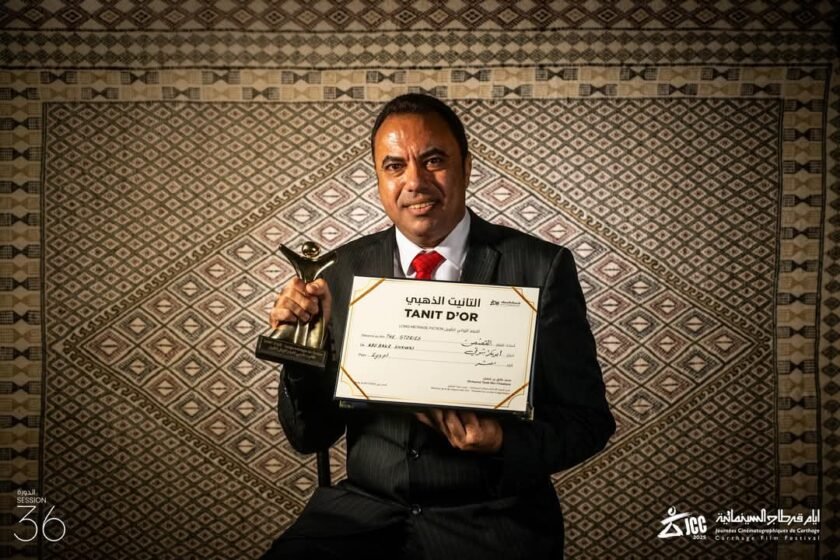On the night of August 1, 2025, the 59th edition of the Carthage International Festival offered its audience a remarkable musical voyage — five conductors from five countries united on the same stage for a symphonic world tour in a single evening.
In the presence of Tunisia’s Minister of Cultural Affairs, Amina Srarfi, maestros Chady Garfi (Tunisia), Andrea Tarantino (Italy), Lamar Elyes (Palestine), Lotfi Saïdi (Algeria), and Ahmet Baran (Turkey) took turns conducting the Tunisian Symphony Orchestra in a concert that celebrated both harmony and cultural identity.
Each conductor brought a distinct sensibility and artistic voice to the podium, curating a deliberately eclectic program that paid homage to their respective musical heritages. The repertoire showcased emblematic works — some rooted in tradition, others shaped by personal interpretation.
The evening also featured the vocal talents of Italian soprano Goar Faradzhian and Turkish singer Mine Bitmez, alongside the chorus of the Tunis Opera House, adding a powerful vocal dimension to the orchestral experience.
The concert opened with a vibrant rendition of “Funk Malouf” by Tunisian composer Fawzi Chekili, led by maestro Chady Garfi and accompanied by guitarist Hedi Fahem. The tone was set for a night of fusion and flair.
Italy’s Andrea Tarantino followed, conducting a medley of beloved Italian classics performed by Goar Faradzhian — including “’O Sole Mio,” “Parla più piano” (The Godfather theme), “Con te partirò,” and the rousing 19th-century anthem “Funiculì Funiculà.”
The baton then passed to Algerian conductor Lotfi Saïdi, who led the choir through “Chahlet laayani,” a 1960s Algerian piece inspired by the Cuban hit “Quizás, quizás, quizás,” followed by the timeless diaspora anthem “Ya Rayah.”
Palestinian conductor Lamar Elyes brought a poignant shift in tone, opening with “Sama’i Bayati” before delving into stirring patriotic songs. Her interpretation of “Mawtini,” accompanied by a backdrop image of Jerusalem, was a deeply emotional moment. She continued with “Bahlef bi samaha,” popularized by Abdel Halim Hafez in 1967, and “Ya sha’bi ya oud al-nadd.”
Chady Garfi returned to the stage with Tunisian singer Mongia Sfaxi for a series of nostalgic Tunisian pieces: “Tetfatah lashkoun,” “Awadteni al-wed,” and the iconic “Ya zahratan fi khayali” by Farid al-Atrash.
Turkish maestro Ahmet Baran introduced a bold solo on the qanun, before launching into a powerful reimagining of the “Pulp Fiction” theme with full orchestral force — a performance that drew rapturous applause. He continued with the energetic Turkish piece “Taamoluet,” before offering a daring reinterpretation of Mozart’s Symphony No. 40, blending classical motifs with Middle Eastern instrumentation and theatrical flair.
Mine Bitmez joined Baran on stage to perform Turkish songs that, though sung in a foreign tongue for many in the audience, resonated deeply through the emotion and power of the performance.
The evening concluded with Chady Garfi once again leading the orchestra and choir in “Lila,” a final celebration of shared artistry.
This extraordinary concert was more than a showcase of global music — it was a masterclass in collaboration. The Tunisian Symphony Orchestra rose to the challenge of adapting to five distinct artistic visions, seamlessly navigating between classical reverence and daring innovation. The result: an unforgettable night where cultures converged and music spoke a universal language.
TunisianMonitorOnline (Douha Saafi)




